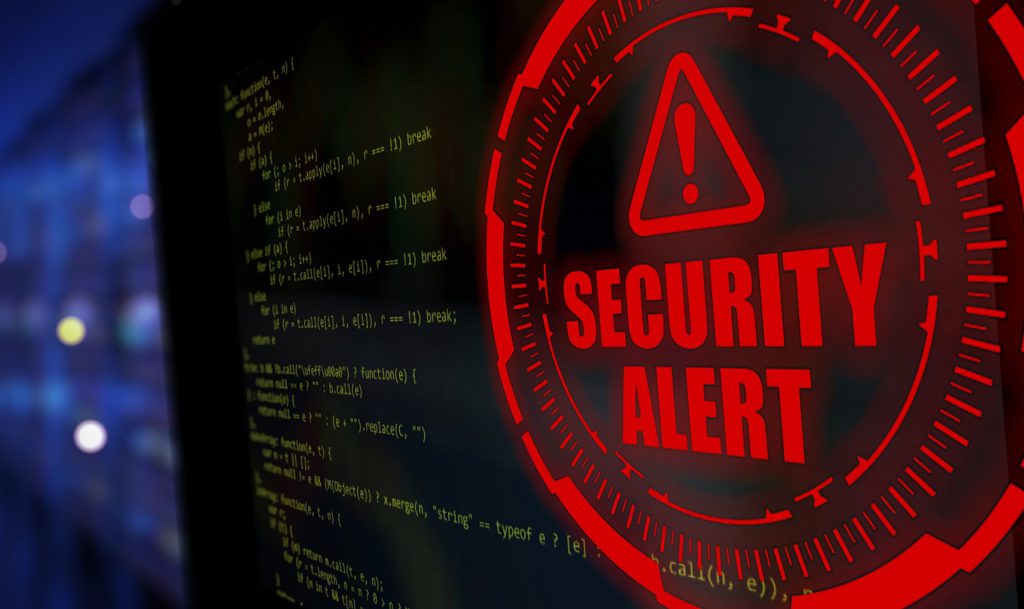Mar 27, 2017
The Modern Incarnation of Espionage: Cyber Attacks
Cybersecurity is a shifting, rapidly changing landscape flush with obscure jargon, archaic principles, and a misunderstanding of how attacks occur. Espionage is the greatest threat to cyber defense because spies have evolved into hackers. The best spies and attackers embrace advances in technology to carry out traditional espionage goals. Cybercrime has followed the spy playbook. All attacks are now espionage, and to defeat the wave of continually evolving attacks, cyber security must think like a spyhunter.
The Russian breach of the DNC and Hillary’s campaign during the 2016 election used the most basic and proven attack—email phishing. In the last two years, the most critical and devastating cyber-attacks have started with targeted and well-researched attacks to compromise a single person through email. A phishing attack is highly personal, requires dedicated analysis and research of the target, and leverages that information to socially engineer a person into providing account access without their knowledge. In other words, its infiltration, subterfuge, disruption, and recruitment: the tools of the spy.
Both organizations and individuals can immediately improve cybersecurity by taking great care in how they access and respond to email accounts. Organizations should deploy encryption to their internal emails to mitigate the damage caused if emails are stolen. Both organizations and individuals should incorporate two-factor authentication when logging onto email. Both should understand the social engineering science behind email phishing attacks. These attacks specifically target people, not computers (professionals hack people, amateurs hack computers). The majority of phishing attacks can be defeated with caution in clicking links and opening attachments.
However, criminals and spies actively seek to overcome advances in security. In the future, we will see attacks that are more difficult to anticipate and stop. Non-malware attacks, also called fileless attacks because they can take control of computers without downloading any files, use trusted operating system tools and running applications such as web browsers to compromise a system. Stopping these attacks requires careful monitoring of systems, particularly endpoints, by trained IT security professionals. Next Generation Anti-Virus, capable of seeing both malware and non-malware attacks, will become the norm.
Ransomware grew faster than any other malware attack in 2016. While most malware attacks targeted small and medium businesses in the healthcare, technology, and energy sectors, it was banking that took the next biggest hit—attacks grew by 218% for technology, by 112% for energy, and 93% in banking. Despite this, the majority of companies in the United States continue to ignore the problem. Most personal computers lack security technology that could spot ransomware, let alone stop an attack. A large number of organizations and most individuals do not backup critical data and are forced to pay a ransom to attackers when that data is encrypted.
Social media continues to serve spies. Mining social media accounts for information freely offered into the public arms a spy seeking to launch social engineering attacks. Intrinsic knowledge of a target, their goals and likes, their relationships and desires, is a foundational tenet of espionage. Research that used to take meticulous time and effort can occur with a glance at Facebook or through clever searches through a wealth of databases. Careless friends and marketing hungry organizations, excited to share information, can throw even the most cautious and Internet savvy to the wolves. Care in what we post can go a long way to protecting our data.
There is no one cybersecurity solution. As attackers evolve and exploit new vulnerabilities, organizations and private users alike must take great care before wading into the cyber battleground. Most attacks can be mitigated or avoided by practices of good cyber hygiene (don’t click on links, avoid downloading attachments, use strong passwords and enable two-factor authentication). Ransomware and other malware attacks can be defeated through a combination of technology, encryption and backing up critical data. Care and consistency in patching operating systems and known vulnerabilities stops the majority of potential breaches. But we cannot account for every attack, especially those targeted at a specific individual or organization. For this reason, complacency is the true enemy. The best cybersecurity works like a spyhunter. Understand the attacker, discover their flaws and vulnerabilities, actively seek them out, and spot them when they attack. Only by hunting the cyber spies will we be able to create a world safe from cyber-attacks.
The content writers at BigSpeak Speakers Bureau are Experts on the Experts. They hold doctoral, masters, and bachelors’ degrees in business, writing, literature, and education. Their business thought pieces are published regularly in leading business publications. Working in close association with the top business, entrepreneur, and motivational speakers, BigSpeak content writers are at the forefront of industry trends and research.
Speaker

 Eric O’Neill
Eric O’Neill